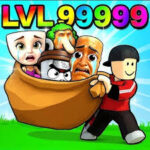In the ever-evolving landscape of digital entertainment, few platforms have captured the imagination and loyalty of a generation quite like Roblox. More than just a game, Roblox Corporation's brainchild has matured into a sprawling, user-generated metaverse where creativity knows no bounds. What began in the early 2000s as a nascent virtual construction kit has blossomed into a global phenomenon, boasting millions of concurrent users, a vibrant creator economy, and an undeniable cultural footprint. It's a place where players aren't just consumers; they are architects, developers, entrepreneurs, and storytellers. But with such immense scale comes inherent complexities, challenges, and a constant balancing act between boundless potential and necessary oversight. Join us as we meticulously dissect Roblox, exploring its foundational principles, its unparalleled community-driven content, its economic engine, and its profound impact on the future of interactive entertainment.
The Genesis of a Platform: From Dynablocks to Roblox (2004-2006)
The story of Roblox begins not with a bang, but with a quiet ambition to empower users through creation. Founded by David Baszucki and Erik Cassel, the platform first launched in 2004 under the name "DynaBlocks." The core idea was revolutionary for its time: provide users with a tool to build their own virtual worlds and games, allowing them to express creativity without needing complex programming knowledge. This early vision was deeply rooted in the concept of constructive play, inspired by toys like LEGO.
The Building Blocks of a Dream: Early Vision and Iteration
In its earliest iterations, Roblox was a much simpler beast than the expansive metaverse we know today. It was primarily a physics-based construction sandbox, allowing users to manipulate digital blocks and basic scripts to build structures and simple interactive experiences. The initial audience was niche, comprising technically curious individuals and children drawn to its creative freedom. Baszucki's background in simulation software heavily influenced the platform's emphasis on physics and user-generated content, laying a robust technical foundation that would support its future growth. This foundational period was crucial for refining the core building tools and understanding user interaction within a virtual environment.
The Rebranding and Public Launch: Establishing Identity
In 2006, "DynaBlocks" officially rebranded to Roblox, a portmanteau of "robots" and "blocks," better reflecting its blend of technology and creative construction. This rebranding coincided with its public launch, marking the true beginning of its journey to widespread recognition. While still far from mainstream, the new identity helped solidify its presence and appeal to a broader, albeit still nascent, online community interested in virtual worlds. It was during this period that the rudimentary social features and the first signs of user-generated games began to take root, hinting at the vast potential that lay ahead.
The Emergence of User-Generated Content: Fueling the Ecosystem (2007-2010)
The true turning point for Roblox's growth was its steadfast commitment to empowering users to create and share their own experiences. This commitment transformed the platform from a mere building tool into a dynamic ecosystem driven by an explosion of user-generated content (UGC).
Developer Tools and Scripting: Lowering the Barrier to Entry
A pivotal development was the continuous improvement and simplification of its developer tools, particularly the introduction of Lua scripting. Lua, known for its simplicity and efficiency, allowed users to program more complex game logic, interactive elements, and unique gameplay mechanics without needing to master full-fledged programming languages like C++ or Java. This lowering of the barrier to entry for game development democratized creation, allowing a vast pool of amateur and aspiring developers to bring their imaginative ideas to life. King understood that empowering millions of creators, rather than a few professional studios, would lead to an unprecedented diversity of experiences.
The Birth of "Experiences": Beyond Simple Builds
As more sophisticated tools became available, users moved beyond simply building static structures to creating dynamic, playable "experiences" (what Roblox now calls "games"). These early user-created games ranged from obstacle courses (OBBYs) and role-playing environments to rudimentary combat arenas. This shift was critical; it transformed Roblox into a platform where players could not only build but also play an endless variety of games made by their peers. This UGC model became the engine of its growth, creating a self-sustaining cycle where new content attracted new players, who in turn became new creators.
The Rise of the Creator Economy: Robux and DevEx (2011-2014)
As user-generated content flourished, King recognized the need to incentivize creators and formalize the economic backbone of its platform. The introduction of Robux and the Developer Exchange program transformed hobbies into potential careers, fostering an unprecedented level of commitment and professionalism among its community.
Introducing Robux: The Platform's Digital Currency
The implementation of Robux, Roblox's virtual currency, was a game-changer. Players could purchase Robux with real money, and then use Robux to buy virtual items, game passes, and access to premium experiences within user-created games. This created a direct monetary incentive for developers: the more popular and engaging their experiences, the more Robux they could earn from player purchases. This economic feedback loop rapidly professionalized the creation process, as developers began to treat their creations as legitimate businesses. It also allowed for a sophisticated in-game economy, mirroring real-world market dynamics.
The Developer Exchange (DevEx) Program: Monetizing Creativity
In 2013, Roblox introduced the Developer Exchange (DevEx) program, a revolutionary initiative that allowed developers to convert their earned Robux back into real-world currency. This was a pivotal moment, validating the time and effort creators invested in the platform. DevEx effectively turned Roblox into a viable income stream for thousands of developers, ranging from individual hobbyists to small studios. This direct pathway to monetization attracted more talented creators, leading to higher quality and more diverse experiences, further solidifying Roblox's position as a vibrant, self-sustaining ecosystem. It was a powerful testament to Baszucki's belief in the power of user-generated content to generate real value.
Expanding Horizons: Mobile, Localization, and Mass Adoption (2015-2017)
With a robust creator economy in place, Roblox turned its attention to broadening its audience and becoming a truly global phenomenon. This involved strategic expansion onto mobile platforms and significant efforts in localization.
Mobile Dominance: Bringing Roblox to Every Pocket
The launch and subsequent optimization of Roblox for iOS and Android devices was arguably the single most important factor in its explosive growth. Moving beyond PC browsers, Roblox became accessible to millions more users, particularly children and teenagers who primarily interact with the internet via smartphones and tablets. The touch-friendly interface, seamless cross-platform play, and constant performance improvements on mobile ensured that Roblox was available wherever its audience was, facilitating unprecedented mass adoption and daily engagement. This shift transformed it from a niche online destination into a ubiquitous presence in digital entertainment.
Global Reach: Localization and International Expansion
Recognizing the global nature of its potential audience, Roblox invested heavily in localization efforts. This included translating the platform interface, supporting multiple currencies for Robux purchases, and fostering international creator communities. This strategic global push allowed Roblox to penetrate diverse markets, from Europe to Asia, truly establishing it as a worldwide phenomenon. The ability for creators to reach a global audience further incentivized development, creating a virtuous cycle of content and consumption on an international scale.
The Metaverse Vision: Beyond Gaming to Social Hub (2018-2020)
As Roblox matured, its ambitions grew beyond merely being a gaming platform. It increasingly positioned itself as a "metaverse" – a persistent, shared virtual space where users could not only play games but also socialize, attend concerts, learn, and express their identities.
Social Hubs and Persistent Worlds: Digital Hangouts
The emphasis shifted towards promoting experiences that functioned more as social hubs than traditional games. Experiences like "Adopt Me!" (where players role-play and collect virtual pets) and "Welcome to Bloxburg" (a life simulation game) became incredibly popular, demonstrating the strong demand for spaces where players could simply hang out, chat, and engage in shared activities. This fostered a sense of persistent community and allowed users to build digital identities and friendships within the Roblox ecosystem, mirroring social media but with an interactive, immersive layer.
Brand Partnerships and Virtual Events: New Frontiers of Engagement
During this period, Roblox began to attract significant interest from external brands and artists. High-profile virtual concerts (e.g., Lil Nas X, Ava Max) and brand activations (e.g., Nike Land, Gucci Garden) showcased Roblox's potential as a platform for digital marketing, entertainment, and cultural events. These partnerships brought mainstream attention to Roblox, attracting new demographics and demonstrating its versatility beyond traditional gaming. It blurred the lines between entertainment, commerce, and social interaction, solidifying its claim as a nascent metaverse.
Innovation and Iteration: Engine Improvements and Creator Tools (2021-Present)
Roblox continues to evolve at a rapid pace, with ongoing investments in its core technology, creator tools, and user experience to support its ambitious metaverse vision. The platform is never static, constantly adapting to new trends and technological advancements.
Advancements in Graphics and Engine Fidelity: Visual Evolution
While Roblox's blocky aesthetic is iconic, the platform has made significant strides in graphics and engine fidelity. New rendering features, improved lighting, more sophisticated particle effects, and higher-resolution textures are continually being rolled out, allowing developers to create increasingly visually impressive experiences. The introduction of features like physically-based rendering (PBR) and advanced material properties enables more realistic and immersive environments, pushing the boundaries of what is possible within the Roblox engine. This commitment to visual upgrades ensures the platform remains competitive and appealing to a broader range of creators and players.
Expanded Creator Tools: Empowering the Next Generation
Roblox Studio, the primary development environment, receives continuous updates, introducing more powerful and intuitive tools for creators. Features like realistic terrain editors, inverse kinematics for character animation, and advanced physics simulations provide developers with greater control and flexibility. The platform also fosters a robust marketplace for developer assets, allowing creators to share and sell models, scripts, and plugins, further accelerating the development process and fostering collaboration within the community. These ongoing improvements empower developers to create ever more complex and compelling experiences, solidifying the platform's reputation as a leader in user-generated content.
Safety and Moderation: Navigating a User-Generated World
With millions of young users and vast amounts of user-generated content, safety and moderation are paramount concerns for Roblox, presenting continuous challenges and requiring significant investment.
Content Moderation: Balancing Freedom and Protection
Roblox employs a multi-layered approach to content moderation, utilizing a combination of AI-driven filtering, human moderators, and user reporting. All uploaded content (images, audio, text, 3D models) is scanned for inappropriate material before it goes live. This is a monumental task given the sheer volume of daily uploads. The goal is to balance the platform's ethos of creative freedom with the critical need to protect its predominantly young user base from harmful or explicit content. While incidents still occur, Roblox has significantly bolstered its moderation teams and technologies over the years, responding to public and parental concerns.
Community Guidelines and Parental Controls: Fostering a Safe Environment
Roblox maintains strict Community Guidelines that prohibit harassment, hate speech, inappropriate content, and real-world trading. Users who violate these guidelines face warnings, temporary suspensions, or permanent bans. Furthermore, Roblox provides robust parental controls, allowing parents to restrict chat, manage spending, filter experiences by age ratings, and monitor account activity. These tools empower parents to customize their children's experience and ensure a safer environment within the vast metaverse. The ongoing challenge is to evolve these systems as quickly as the platform itself, staying ahead of potential risks in a dynamic, user-driven ecosystem.
The Economic Engine: Robux, Developers, and the Future of Work
The Roblox economy is a fascinating case study in how a virtual currency can power a multi-billion dollar platform and create genuine economic opportunities. It's a complex ecosystem of creators, consumers, and virtual goods.
Robux Flow: From Purchase to Payout
The lifecycle of Robux is central to the economy. Players purchase Robux (often with real money), which then flow into the hands of developers when players buy their game passes, virtual items, or premium access within experiences. Roblox takes a percentage cut of these transactions. Developers accumulate Robux, which can then be converted back into real money via the DevEx program, albeit at an exchange rate set by Roblox. This system incentivizes developers to create engaging content that players are willing to spend Robux on, directly linking creativity to financial reward. This robust economic cycle distinguishes Roblox from many other gaming platforms.
Creator Stratification: From Hobbyists to Millionaires
The DevEx program has created a distinct stratification among Roblox creators. While many remain hobbyists, creating experiences for fun or supplemental income, a significant number of top developers have achieved remarkable financial success, becoming millionaires through their Roblox creations. This aspirational element attracts talented individuals and small studios to dedicate significant time and resources to developing on the platform. The "dream job" of developing on Roblox is a powerful motivator for its younger user base, creating a direct pathway from player to entrepreneur within the same ecosystem. This unique economic model positions Roblox not just as an entertainment platform, but also as a burgeoning platform for digital work and entrepreneurial learning.
Impact and Cultural Significance: More Than Just a Game
Roblox's influence extends far beyond the realm of traditional gaming. It has become a significant cultural force, shaping how a generation interacts with digital spaces, fostering creativity, and even influencing educational paradigms.
Digital Playground and Creative Outlet: Empowering a Generation
For millions of children and teenagers, Roblox serves as their primary digital playground and creative outlet. It's where they learn basic coding concepts, collaborate on projects, design virtual items, and even manage virtual businesses. This hands-on, experiential learning is invaluable, providing skills that are increasingly relevant in a digital-first world. Roblox is often cited as a stepping stone for young people interested in game development, programming, and digital design, fostering a new generation of tech-savvy creators.
Cultural Phenomenon and Social Capital: Roblox in Pop Culture
Roblox's ubiquity means it's frequently referenced in popular culture, from memes to YouTube trends. The unique visual style and the vast array of experiences contribute to a rich tapestry of shared digital experiences among its user base. For children and teens, having a presence on Roblox, knowing the popular experiences, and understanding its unique slang contributes to their social capital. It's a place where friendships are forged, communities are built, and shared memories are created, making it a powerful social force for its core demographic.
The Downsides: Challenges, Concerns, and Criticisms
Despite its monumental success and innovative nature, Roblox faces significant challenges and has been the subject of various criticisms, particularly concerning its monetization, safety, and creator economy.
Monetization Ethics and Exploitation Concerns
The freemium model and the Robux/DevEx system have drawn ethical scrutiny. Critics argue that the platform's young user base may not fully understand the value of real money when purchasing Robux, leading to potential overspending. Furthermore, the DevEx exchange rate, where developers receive a fraction of the real-world value of Robux purchased by users, has been criticized as potentially exploitative of the creators. While Roblox maintains that it covers significant operational costs, the substantial cut taken by the platform remains a contentious point for some developers and watchdog groups. The aspirational nature of "making it big" on Roblox can also push some young creators to dedicate excessive time for potentially meager returns.
Safety and Moderation Challenges: The Double-Edged Sword of UGC
Despite significant investments in moderation, the sheer volume of user-generated content presents an unending challenge for safety. Incidents of inappropriate content, predatory behavior, or scam games occasionally slip through the filters, prompting parental concern and media scrutiny. The dynamic nature of user creation means new risks constantly emerge, requiring Roblox to be in a perpetual state of updating its defenses. While Roblox provides parental controls, the onus often falls on parents to actively manage and monitor their children's experiences, which can be a complex task given the platform's vastness.
Quality Control and Discoverability Issues
With millions of experiences, quality control is inherently difficult. Many games on Roblox are amateurish, unpolished, or even broken. Discoverability for new or smaller creators can also be a significant challenge, as popular experiences tend to dominate the front page, making it hard for fresh content to gain traction. This can lead to a "rich get richer" scenario for top developers, while many aspiring creators struggle to gain visibility, dampening the aspirational aspect for some.
Final Verdict: The Metaverse in the Making
Roblox is not merely a game; it is a groundbreaking platform, a digital economy, and a burgeoning metaverse. Its revolutionary approach to user-generated content, empowering millions to create, play, and monetize their imaginations, has irrevocably reshaped the landscape of interactive entertainment. From its humble origins as a physics sandbox to its current status as a global social hub and creative incubator, Roblox has demonstrated an unparalleled capacity for growth, innovation, and community building.
While it navigates inherent challenges related to monetization ethics, content moderation, and quality control, Roblox has consistently shown a commitment to evolving its platform and safeguarding its users. Its impact on a generation, fostering digital literacy, entrepreneurial spirit, and a new form of social interaction, cannot be overstated. Roblox is a testament to the power of open creation and a compelling glimpse into the future of shared virtual experiences. It is chaotic, imperfect, and incredibly vital, truly earning its place as one of the most influential digital spaces of our time.

![Roblox – Dead Rails [Alpha]](https://zunogame.com/wp-content/themes/jungameGentlementech/images/default.webp) Roblox – Dead Rails [Alpha]
Roblox - Dead Rails [Alpha] is a cooperative survival adventure game set in a zombie-infested 1899 America. Players team up aboard a train, managing fuel, fortifying defenses, scavenging for supplies, and battling various undead and mutant creatures as they journey 80 kilometers towards a rumored vaccine in Mexico. It features a class system for specialized roles and emphasizes teamwork to survive the perilous journey.
Read full review
Roblox – Dead Rails [Alpha]
Roblox - Dead Rails [Alpha] is a cooperative survival adventure game set in a zombie-infested 1899 America. Players team up aboard a train, managing fuel, fortifying defenses, scavenging for supplies, and battling various undead and mutant creatures as they journey 80 kilometers towards a rumored vaccine in Mexico. It features a class system for specialized roles and emphasizes teamwork to survive the perilous journey.
Read full review
 PEAK
PEAK is a cooperative first-person climbing and survival game where players, as lost nature scouts, must work together to ascend a treacherous, procedurally generated mountain to find rescue. It features challenging stamina management, environmental hazards, and a strong emphasis on physical collaboration and resource sharing between players, making for a hilarious and often frustrating co-op experience
Read full review
PEAK
PEAK is a cooperative first-person climbing and survival game where players, as lost nature scouts, must work together to ascend a treacherous, procedurally generated mountain to find rescue. It features challenging stamina management, environmental hazards, and a strong emphasis on physical collaboration and resource sharing between players, making for a hilarious and often frustrating co-op experience
Read full review
 Roblox – Steal a Brainrot
Roblox - Steal a Brainrot is a competitive tycoon-style game where players build a base, acquire quirky "Brainrot" characters to generate in-game currency, and then strategically defend their collection from rival players. The core gameplay revolves around raiding other players' bases to steal their valuable Brainrots, creating a high-stakes, player-versus-player experience centered on accumulation and theft.
Read full review
Roblox – Steal a Brainrot
Roblox - Steal a Brainrot is a competitive tycoon-style game where players build a base, acquire quirky "Brainrot" characters to generate in-game currency, and then strategically defend their collection from rival players. The core gameplay revolves around raiding other players' bases to steal their valuable Brainrots, creating a high-stakes, player-versus-player experience centered on accumulation and theft.
Read full review
 Marvel’s Spider-Man 2
Marvel's Spider-Man 2 is an action-adventure game developed by Insomniac Games, featuring both Peter Parker and Miles Morales as playable Spider-Men. Players swing through an expanded Marvel's New York, utilizing new Web Wings and enhanced combat abilities to face iconic villains like Kraven the Hunter and Venom in a compelling, character-driven story.
Read full review
Marvel’s Spider-Man 2
Marvel's Spider-Man 2 is an action-adventure game developed by Insomniac Games, featuring both Peter Parker and Miles Morales as playable Spider-Men. Players swing through an expanded Marvel's New York, utilizing new Web Wings and enhanced combat abilities to face iconic villains like Kraven the Hunter and Venom in a compelling, character-driven story.
Read full review
 REMATCH
REMATCH is a fast-paced, third-person 5v5 action game developed by Sloclap, specializing in immersive melee combat. Players control unique fighters, engaging in strategic team battles across various objectives, demanding precise movements, skillful attacks, and coordinated teamwork.
Read full review
REMATCH
REMATCH is a fast-paced, third-person 5v5 action game developed by Sloclap, specializing in immersive melee combat. Players control unique fighters, engaging in strategic team battles across various objectives, demanding precise movements, skillful attacks, and coordinated teamwork.
Read full review
 Roblox – Grow a Garden
Roblox - Grow a Garden is a popular farming simulation game where players cultivate a virtual plot of land, planting seeds, growing various fruits and vegetables, and selling them for profit. The game features a deep mutation system influenced by weather and tools, collectible pets that provide bonuses, and a strong emphasis on continuous progression and community interaction.
Read full review
Roblox – Grow a Garden
Roblox - Grow a Garden is a popular farming simulation game where players cultivate a virtual plot of land, planting seeds, growing various fruits and vegetables, and selling them for profit. The game features a deep mutation system influenced by weather and tools, collectible pets that provide bonuses, and a strong emphasis on continuous progression and community interaction.
Read full review











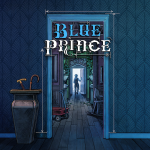



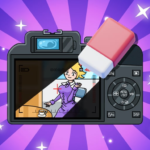

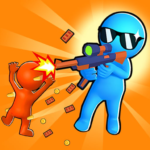

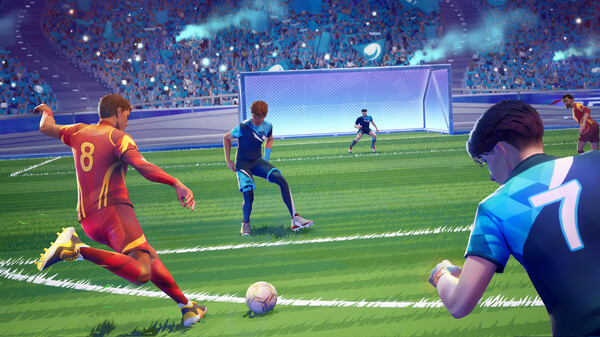
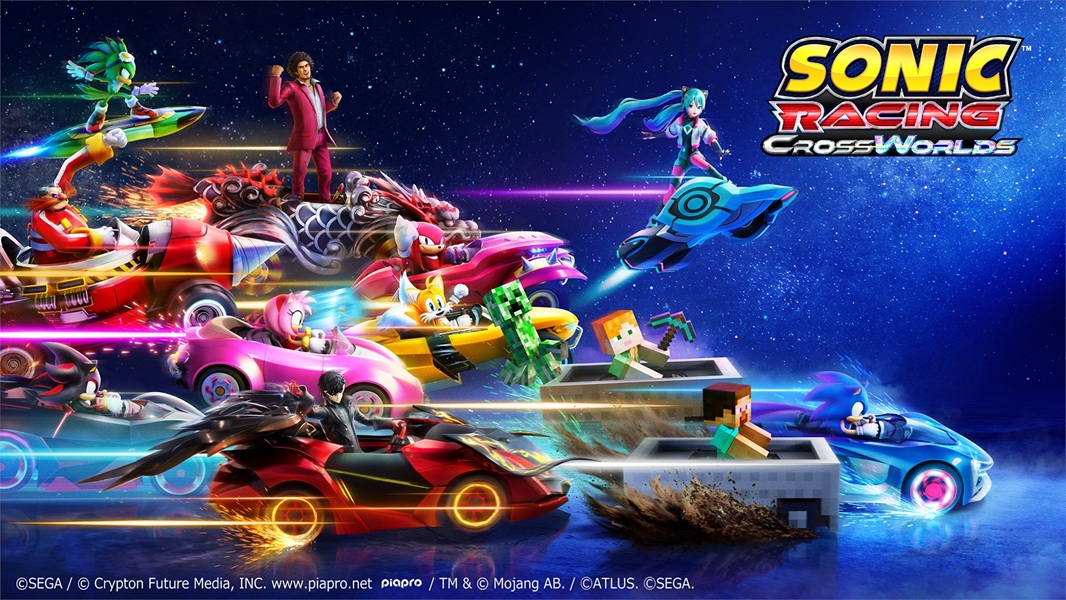
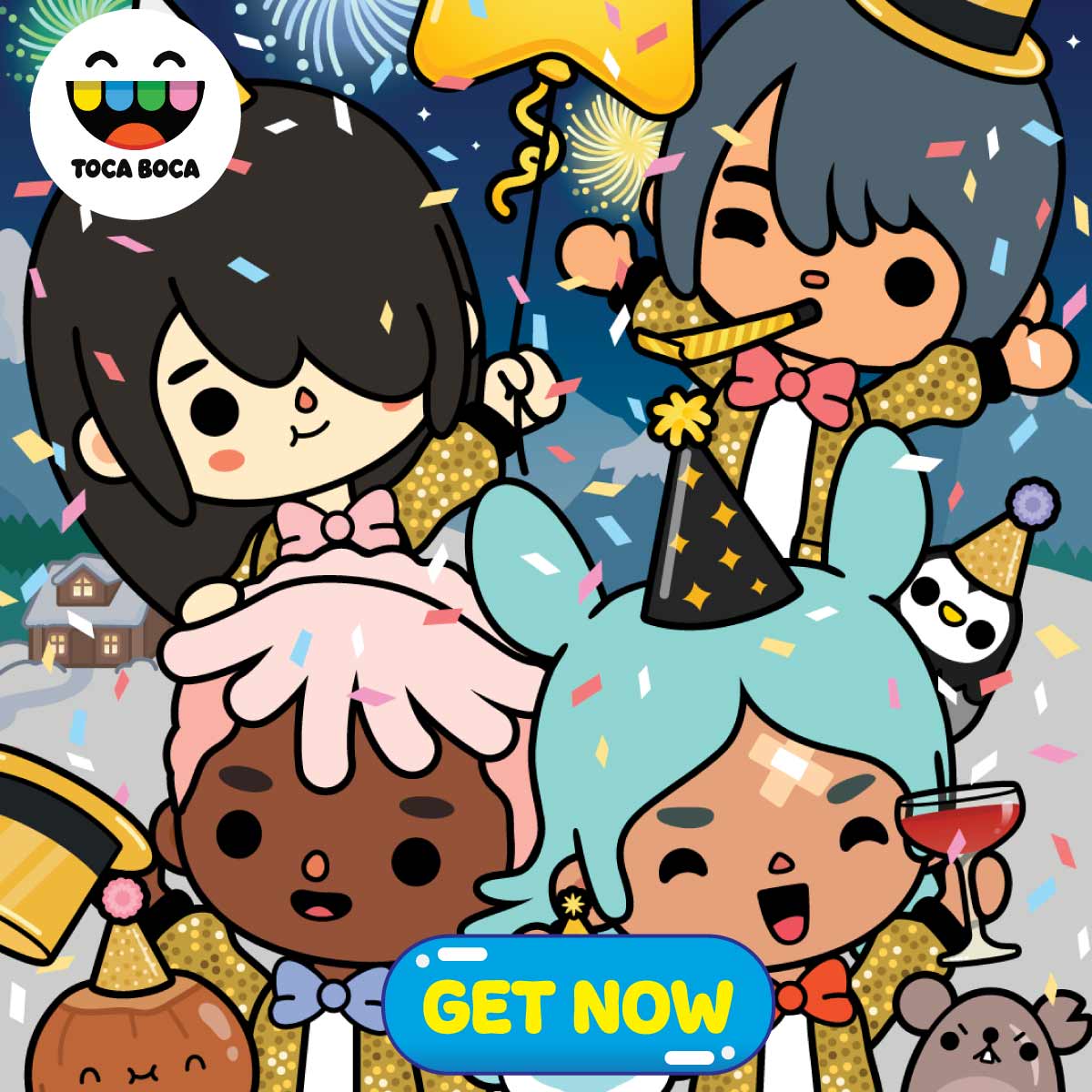
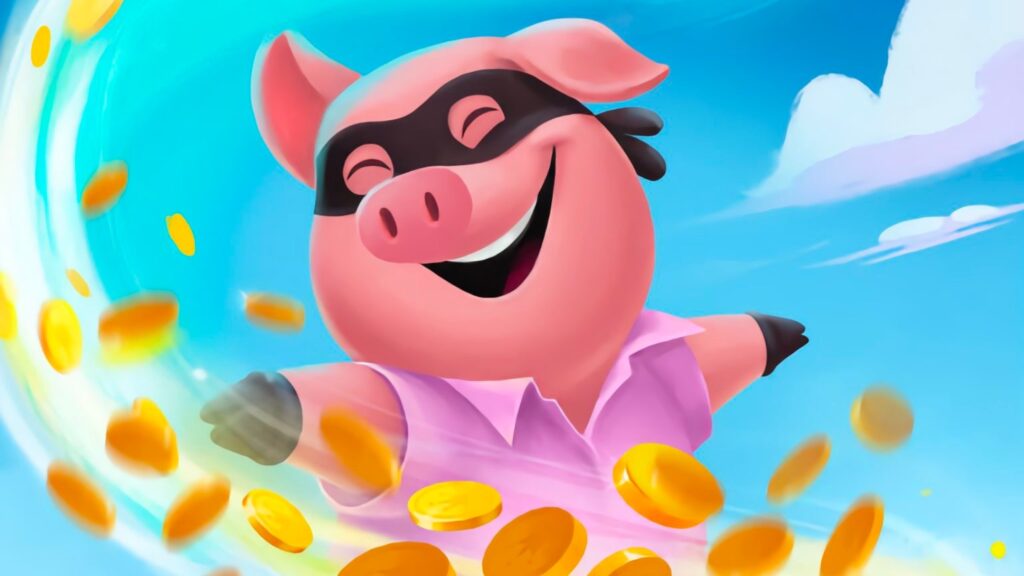
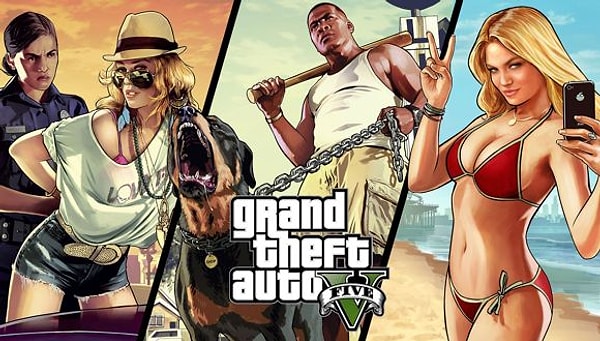
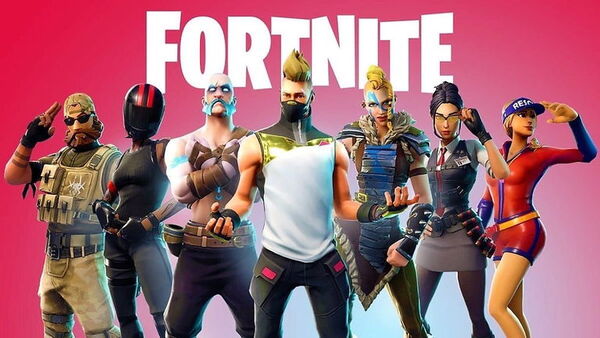
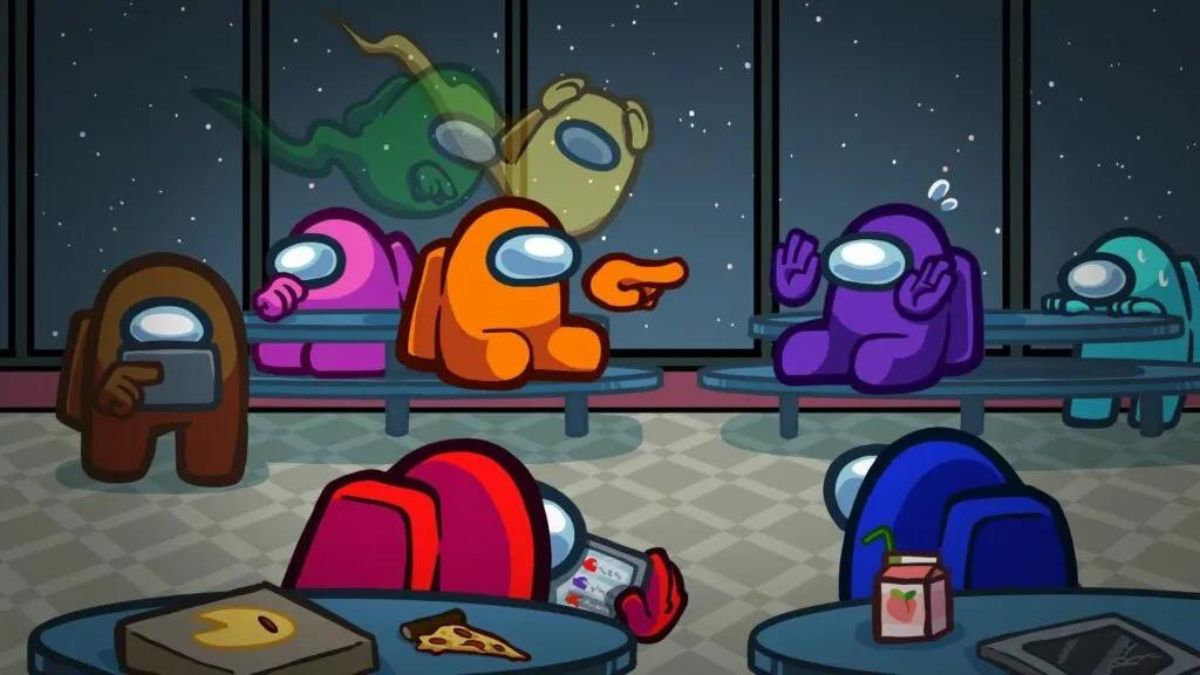
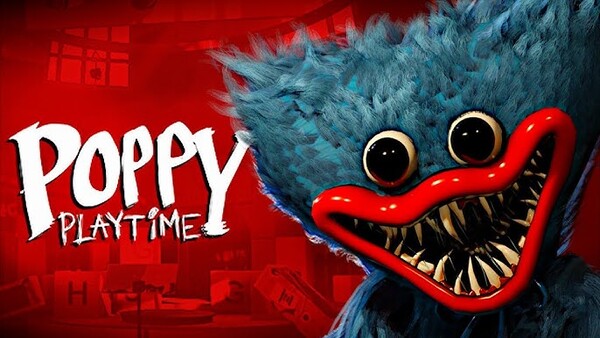
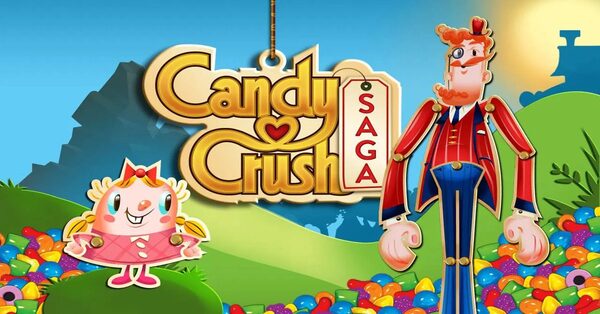
![Roblox – Dead Rails [Alpha]](https://zunogame.com/wp-content/uploads/2025/07/logo-1-150x150.jpg)
